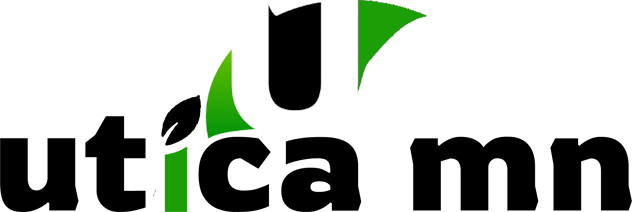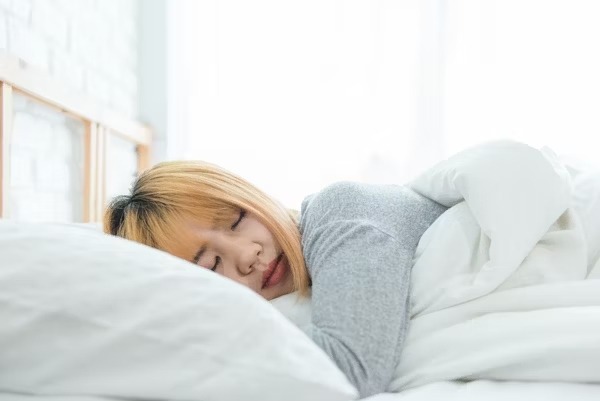Sleep plays a vital role in maintaining physical health, emotional well-being, and overall quality of life. Yet, millions of people worldwide struggle with sleep disorders that disrupt rest and daily function. When these disturbances become chronic or severe, a polysomnography—commonly known as a sleep study—can help uncover the underlying cause.
Polysomnography is a comprehensive test used to diagnose sleep disorders by monitoring your brain activity, breathing patterns, heart rate, and body movements throughout the night. Whether you’re experiencing insomnia, loud snoring, or unexplained fatigue, understanding what to expect during this test can help ease anxiety and prepare you for accurate results.
This guide breaks down everything you need to know about polysomnography, from its purpose and procedure to preparation, results, and follow-up care.
1. What Is Polysomnography?
Polysomnography (PSG) is a non-invasive diagnostic test that records various physiological activities while you sleep. The word itself comes from Greek roots: poly (many), somno (sleep), and graphy (recording), meaning it measures many aspects of sleep simultaneously.
The test evaluates how your body functions during sleep by tracking:
-
Brain waves (EEG) to assess sleep stages
-
Eye movements (EOG) to identify REM sleep
-
Muscle activity (EMG) to detect movement or limb twitches
-
Heart rhythm (ECG) for cardiac monitoring
-
Breathing rate and airflow to detect pauses or abnormalities
-
Oxygen levels (SpO₂) for respiratory efficiency
By analyzing these data points, physicians can determine whether you have a sleep disorder such as:
-
Sleep apnea (obstructive or central)
-
Insomnia
-
Restless legs syndrome (RLS)
-
Narcolepsy
-
Parasomnias (e.g., sleepwalking, night terrors)
-
REM behavior disorder
2. Why Is Polysomnography Performed?
Doctors typically recommend a sleep study when symptoms suggest an abnormal sleep pattern or breathing irregularities during rest. Common signs include:
-
Loud or chronic snoring
-
Pauses in breathing observed by a partner
-
Excessive daytime sleepiness
-
Morning headaches or dry mouth
-
Difficulty falling or staying asleep
-
Restless movements during sleep
-
Unexplained fatigue, even after a full night’s rest
Polysomnography provides objective data that cannot be captured through observation or self-reporting alone. This makes it the gold standard for diagnosing complex sleep issues that may affect cardiovascular, neurological, and metabolic health.
3. Types of Sleep Studies
While traditional polysomnography is conducted overnight in a specialized lab, there are several variations depending on the suspected condition and convenience:
a. In-Lab Polysomnography
This is the most comprehensive type of study, performed in a sleep center or hospital. Multiple sensors record your biological functions under professional supervision. It’s best suited for patients with complex or severe symptoms.
b. Home Sleep Apnea Test (HSAT)
For suspected sleep apnea, a simplified version can be done at home. It monitors fewer parameters—usually breathing, oxygen levels, and heart rate—but is more comfortable and cost-effective.
c. Split-Night Study
In some cases, the first part of the night is used for diagnosis, while the second part introduces Continuous Positive Airway Pressure (CPAP) therapy to determine appropriate treatment settings.
4. How to Prepare for a Polysomnography
Proper preparation ensures accurate results and a smoother experience. Here’s what you should do before your sleep study:
The Day Before
-
Avoid caffeine and alcohol, as they can interfere with your natural sleep cycle.
-
Stick to your regular routine, but try not to nap.
-
Wash your hair to remove oils or styling products that could prevent sensors from sticking.
-
Pack comfort items such as sleepwear, a pillow, or reading material.
What to Bring
-
Comfortable pajamas or nightclothes
-
Toiletries for morning use
-
Medications you take regularly (inform your technician beforehand)
-
A photo ID and insurance information, if applicable
Before Bedtime at the Lab
When you arrive, a sleep technician will explain the process, attach sensors, and answer any questions. Although the setup may look intimidating, the procedure is painless and designed for your comfort.
5. What Happens During the Sleep Study
Once the sensors are in place, you’ll be asked to lie down and sleep as normally as possible. The environment is typically quiet, temperature-controlled, and resembles a small hotel room.
Throughout the night, the technician monitors your vital signs and data from a nearby control room. The equipment tracks:
-
Sleep stages (light, deep, REM)
-
Breathing pauses or irregularities
-
Snoring intensity
-
Oxygen saturation levels
-
Leg or arm movements
-
Heart rate variability
Most people fall asleep within an hour, despite the unfamiliar setting. If you need to use the restroom, the technician can temporarily disconnect the sensors.
The study usually lasts 6–8 hours, after which you’ll be free to go home in the morning.
6. After the Study: What Happens Next?
After your sleep study, the recorded data is analyzed by a sleep specialist. This involves reviewing thousands of data points to determine patterns in your sleep cycle and physiological responses.
The Report Includes:
-
Total sleep time
-
Sleep efficiency (percentage of time asleep vs. in bed)
-
Sleep stages (REM, NREM, deep sleep)
-
Apnea-Hypopnea Index (AHI) to assess sleep apnea severity
-
Oxygen desaturation events
-
Heart rate and limb movement patterns
Interpreting the Results
Your doctor will explain the findings and recommend a treatment plan, which may include:
-
CPAP or BiPAP therapy for sleep apnea
-
Lifestyle changes such as weight management, quitting smoking, or improving sleep hygiene
-
Medication for insomnia, RLS, or other conditions
-
Cognitive Behavioral Therapy for Insomnia (CBT-I) for chronic sleep issues
In some cases, a follow-up study may be required to fine-tune treatment.
7. Common Concerns and Misconceptions
Many patients feel nervous before their first sleep study, but understanding what to expect helps ease anxiety. Let’s address a few common concerns:
“I won’t be able to sleep with all those wires.”
Most people fall asleep despite the sensors. The staff are trained to ensure your comfort, and the setup allows free movement during the night.
“Is the test painful?”
No. Polysomnography is completely non-invasive and painless. Sensors are attached using adhesive or mild gel and removed easily in the morning.
“Can I get the same results from a smartwatch or sleep app?”
While consumer devices track basic metrics, they lack the precision and multi-channel data collection of clinical polysomnography. Only a medical-grade sleep study can diagnose disorders accurately.
“Do I have to stay overnight?”
Yes, for a full polysomnography. However, if your doctor suspects only mild sleep apnea, a home sleep test may suffice.
8. The Importance of Diagnosing Sleep Disorders Early
Left untreated, sleep disorders can contribute to serious health complications, including:
-
High blood pressure
-
Heart disease and stroke
-
Type 2 diabetes
-
Memory and concentration problems
-
Mood disorders, including anxiety and depression
By identifying the problem early, polysomnography helps prevent long-term health risks and improves your overall well-being. Restful sleep leads to better focus, mood stability, and physical vitality.
9. How Technology Is Revolutionizing Sleep Studies
Recent advancements in digital health and wearable technology are transforming how sleep studies are conducted. Remote monitoring systems and wireless sensors now allow patients to undergo more comfortable, at-home assessments with clinical-level accuracy.
Artificial intelligence (AI) and data analytics are also improving diagnostic precision, enabling doctors to interpret complex sleep data faster and tailor personalized treatment plans.
These innovations make polysomnography more accessible, efficient, and patient-friendly than ever before.
10. Final Thoughts: Sleep Better, Live Better
Polysomnography offers a window into your body’s nightly rhythms, uncovering vital information about how you sleep and breathe. Whether you’re battling fatigue, snoring, or unexplained insomnia, this test is a powerful first step toward recovery and renewed energy.

